Rare Ocean Discovery Made by Scientists After Spotting Something Strange
In 2008, Asha do Vos assembled a team to explore and study the blue whales that frequently visited the coast of Sri Lanka. They found something unexpected that changed their understanding of the aquatic ecosystem. Keep reading to learn more about this fascinating discovery.
Many Mysteries Awaited Explorers After The War In Sri Lanka
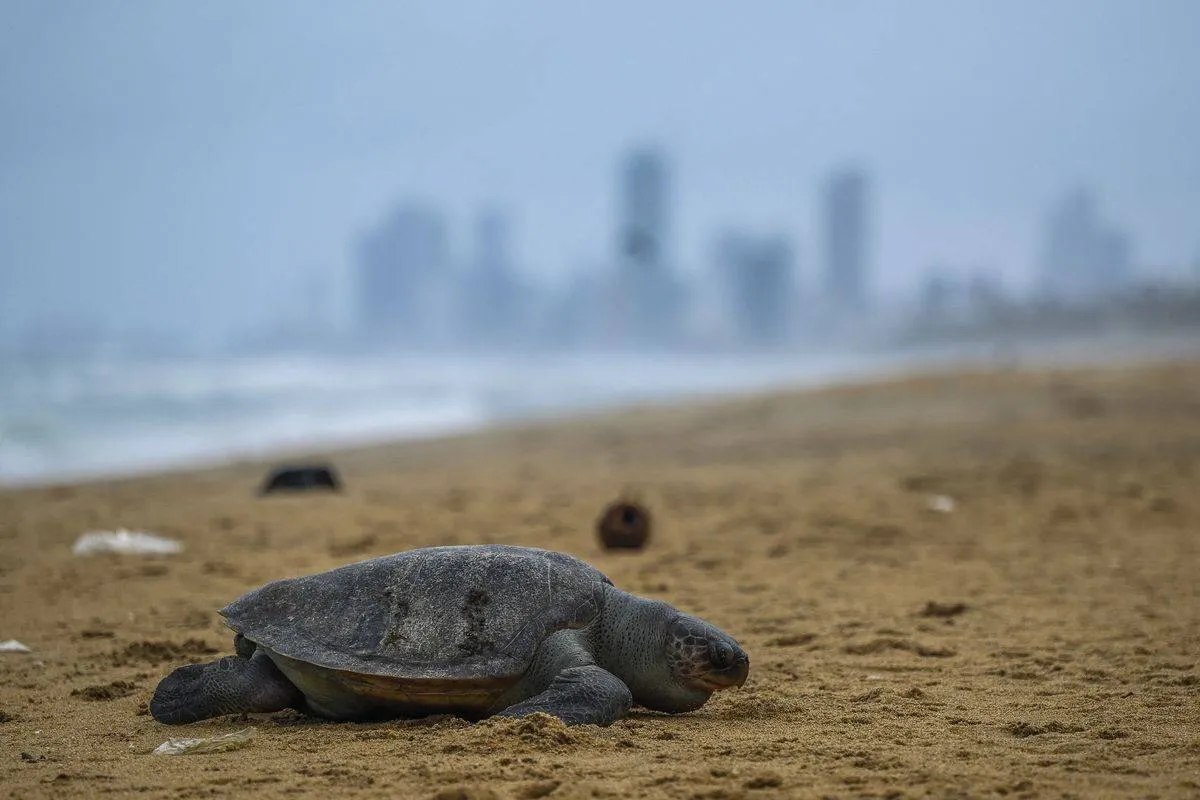
While Sri Lanka fought a civil war for nearly 30 years, scientists and scholars were unable to properly explore the waters surrounding their island nation. As a result, the oceans near the coast were relatively uninvestigated.
What mysteries could still be waiting in the deep, yet to be discovered? When Asha de Vos led her team offshore, they weren't looking for new discoveries. Sometimes life surprises you, though, and the surprise they received turned out to be a life-changing experience.
Asha De Vos Was Ready To Lead The Study
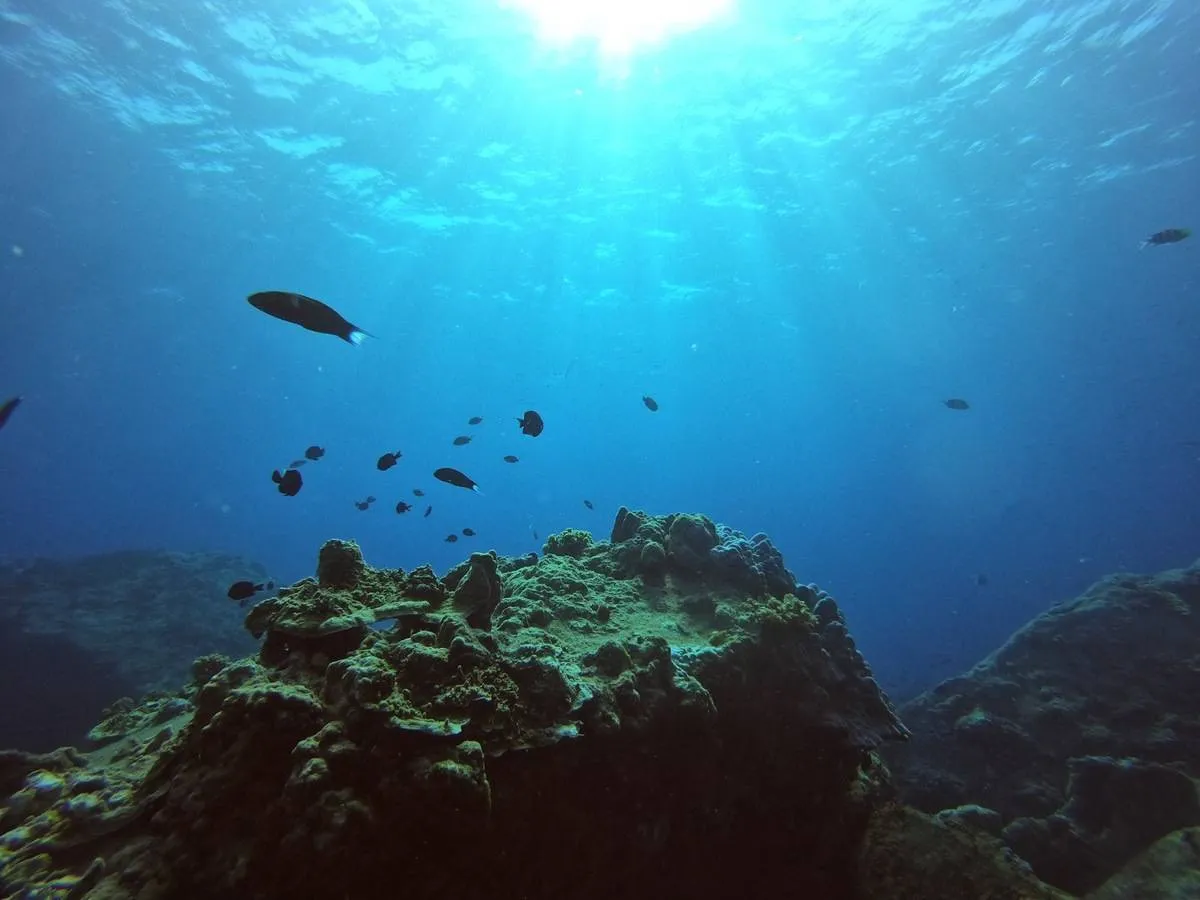
Asha de Vos was a bit of a prodigal child in her home country of Sri Lanka. She studied abroad and set herself apart in her community by earning a Ph.D. in marine mammal research.
Upon her return, she was ready to lead the charge and study the Northern Indian Ocean surrounding Sri Lanka. What she didn't know was how quickly her research would make history. So, what exactly would she find that would change the entire course of her career?
De Vos And Her Team Set Out To Study Blue Whales
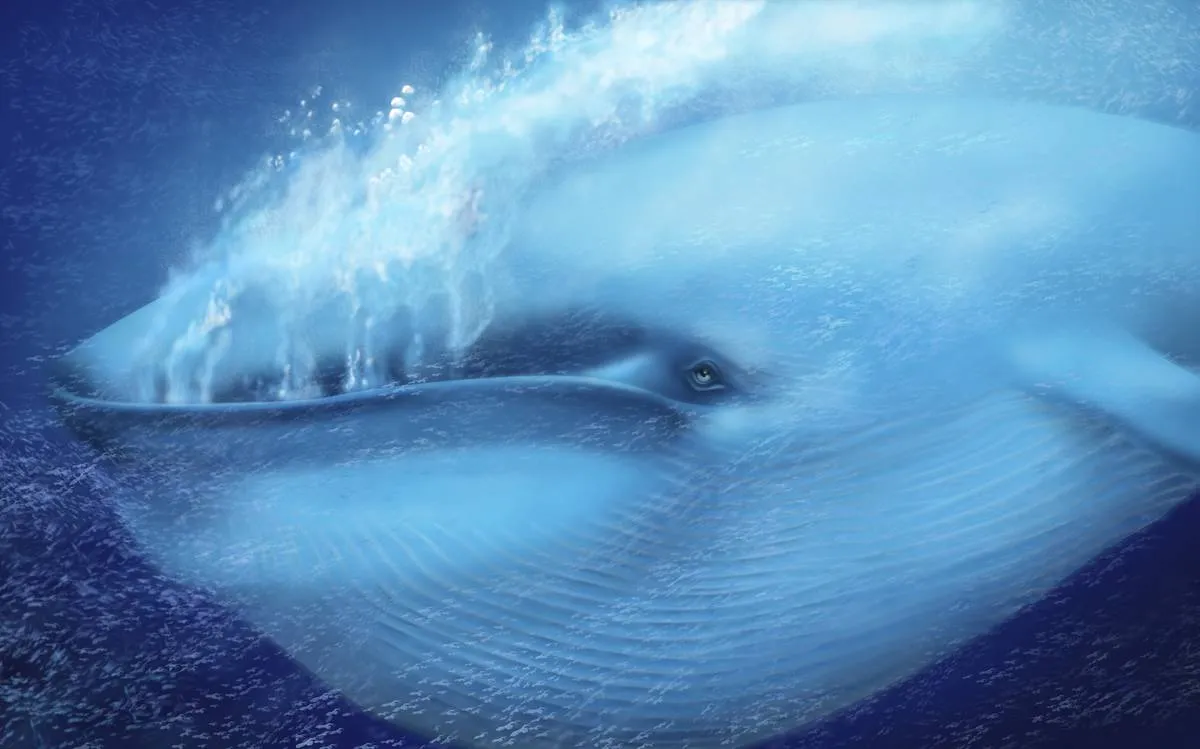
With her doctorate in tow, Asha de Vos returned to Sri Lanka to study blue whale populations near the coast. Blue whales are the largest living animals on the planet and are considered an endangered species.
In 2008, de Vos founded the Sri Lanka Blue Whale Project. With her team of scientists, she began exploring the coastal waters of her country to catalog these majestic animals. The last thing she expected was to find a mysterious animal that the global scientific community knew very little about.
The Ocean Became Nearly Inaccessible During The War
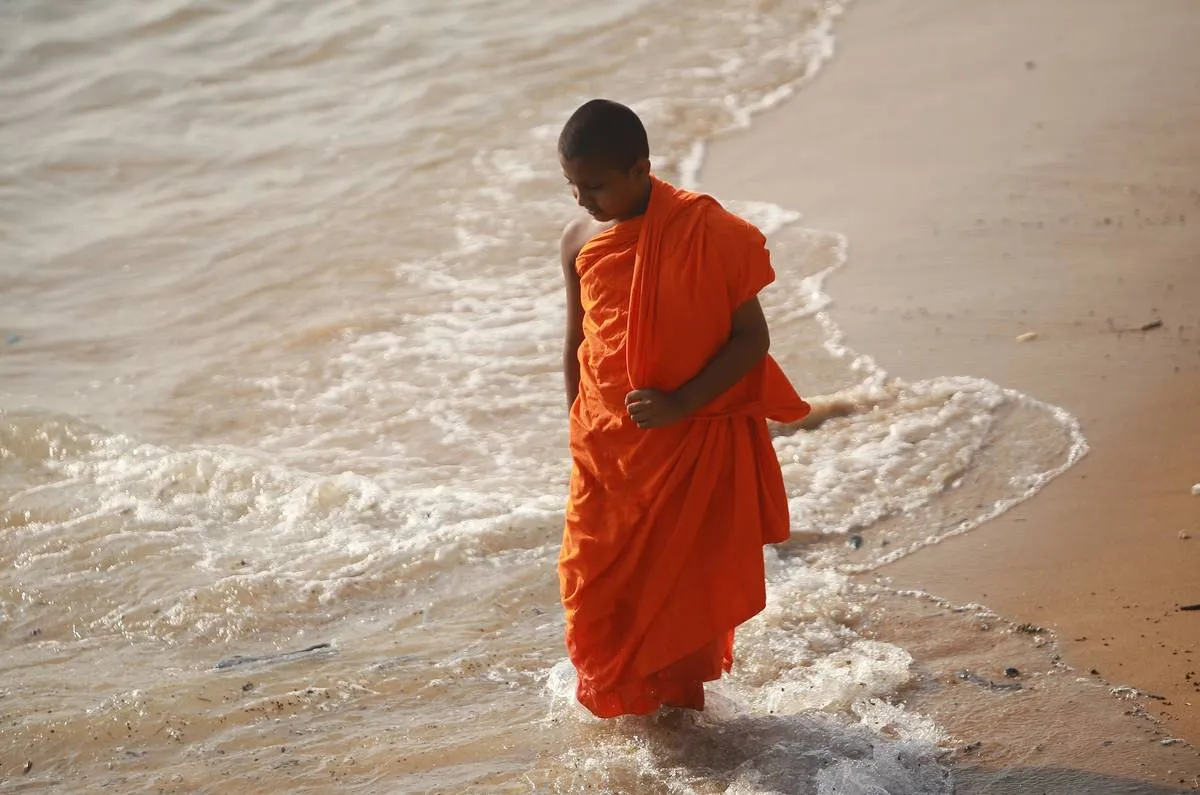
Before the start of the Sri Lankan civil war, the surrounding waters of the nation were used for fishing. Studying the Northern Indian Ocean and learning about its ecosystem was not a top priority of its inhabitants.
Things only got worse after the civil war started. The ocean became nearly inaccessible. Scientists, no matter how much they may have wanted to start exploring, found opposition at every turn.
De Vos Wouldn't Let Anything Get In Her Way
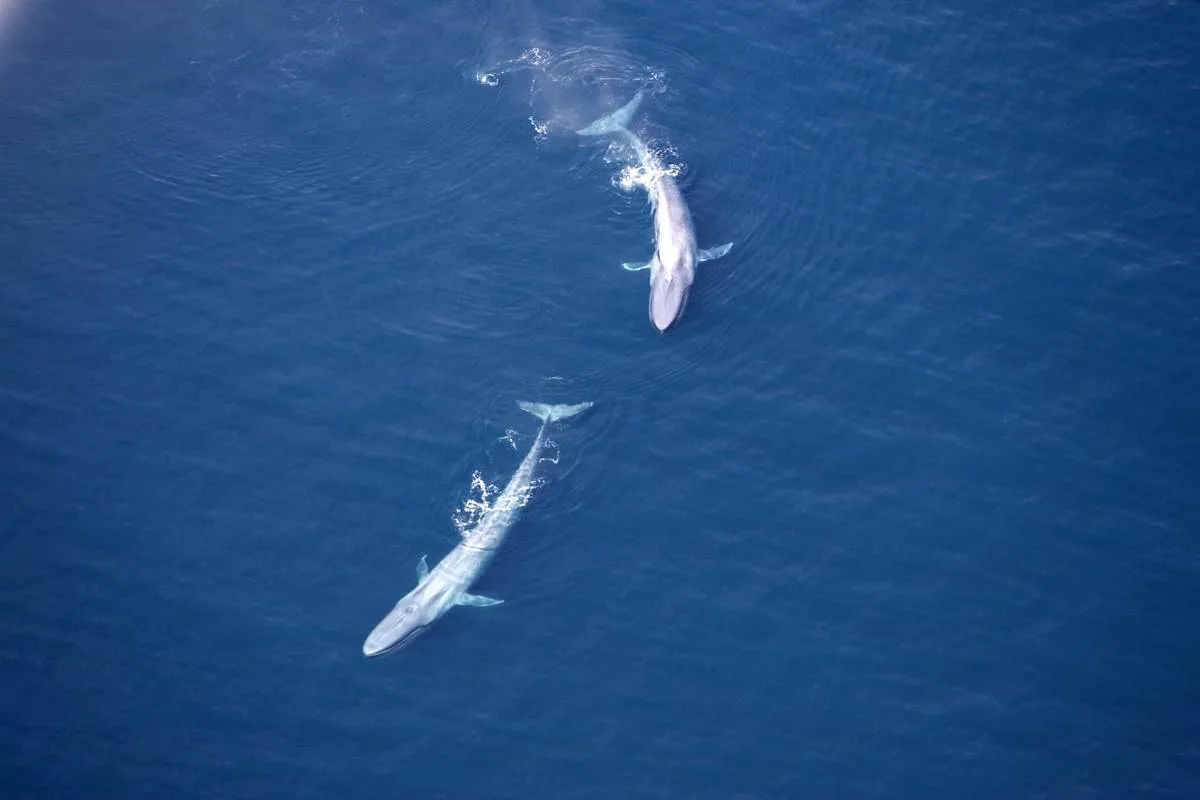
Dangers for scientists didn't stop in Sri Lanka after the civil war ended. The government placed sea mines in the ocean along the coast to stop possible terror attacks. There was a serious question of whether scientists would ever be able to safely explore the Northern Indian Ocean.
Thankfully, Asha de Vos was determined to set sail and see what lived off the coast. This was her passion and nothing was going to get in her way.
Her Study Was Motivated By Shipping Lanes
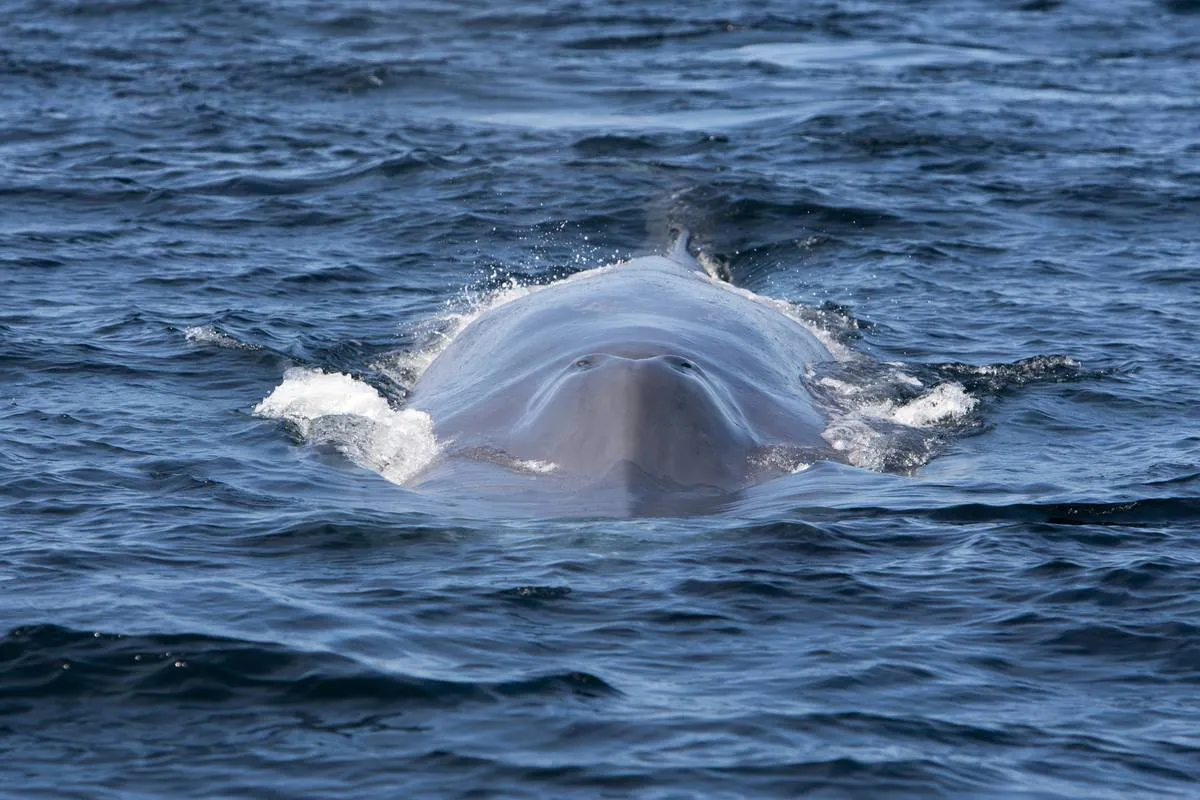
One of Sasha de Vos' major motivations to study blue whale populations off the coast of Sri Lanka was because of shipping lanes. Just off the coast lies one of the world's most-trafficked shipping lanes.
This lane was having an unknown impact on the water's wildlife at the time. De Vos wanted to record that impact to present to her government in hopes of saving the blue whale population that was becoming more endangered every day.
Asha Made Her BIg Discovery In 2017

It was February in 2017 when Asha and her team set out on a routine expedition that turned out to be anything but normal. They packed their boat, did their final checks, and were off.
Along with Asha and her team were cameras they took with them to help record their findings. What they would end up recording during this expedition would be the last thing they expected. A mysterious mammal was about to make a shocking appearance. What would it be?
They Were In A Population-Rich Area
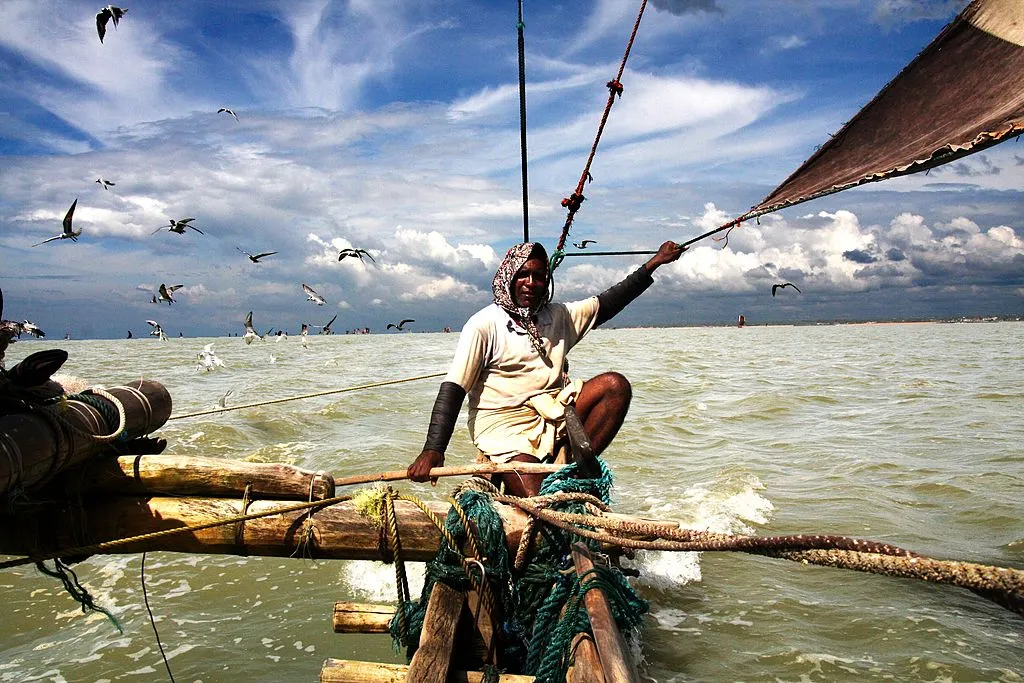
Asha's team was only about four miles offshore when their lives changed. The area of the Indian Ocean they were in was frequented by whale watchers and fishermen, making the undiscovered creature lurking below that much more surprising.
In this spot, Asha's team didn't expect to find any blue whales, let alone something half that size. They planned to go further out but stopped when something they couldn't identify in the distance began approaching the boat.
Whatever It Was, It Was Bigger Than A Bus

Since the end of the civil war, tourism had increased in Sri Lanka, creating more human traffic at the shoreline. This pushed marine animals further offshore, making spotting something like a blue whale four miles away very rare.
As far as another large creature sharing the same area, that was also unexpected. As the mammal approached the boat, the size of it came into focus. It was large, easily bigger than a school bus. But was it dangerous?
It Began To Circle The Boat
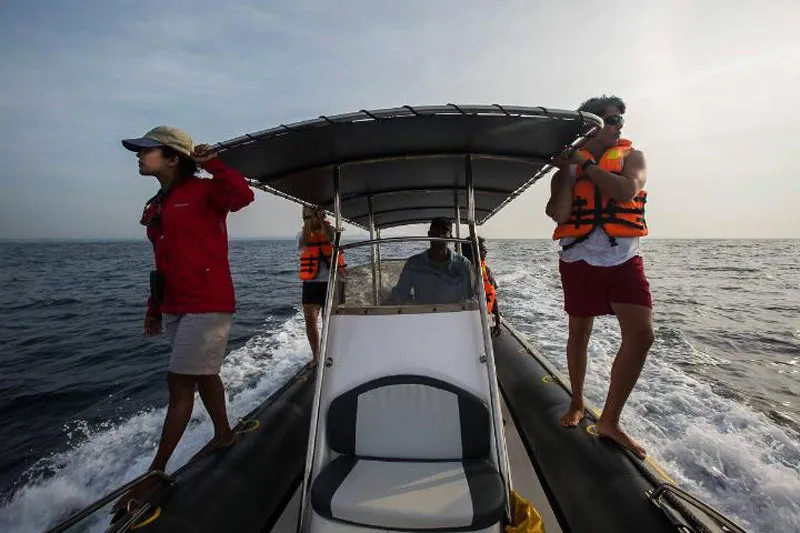
For as curious as Asha's team was about this large creature, it appeared to be just as curious about them. The animal began circling the research boat. De Vos and her team had no way of knowing how long it would stick around and decided to grab their cameras.
Documenting the animal was vitally important in figuring out what it could have been. Along with the pictures the team took, Asha wrote down her own observations of the animal as it surfaced and retreated over and over again.
It Was A Whale! But Not A Blue Whale...
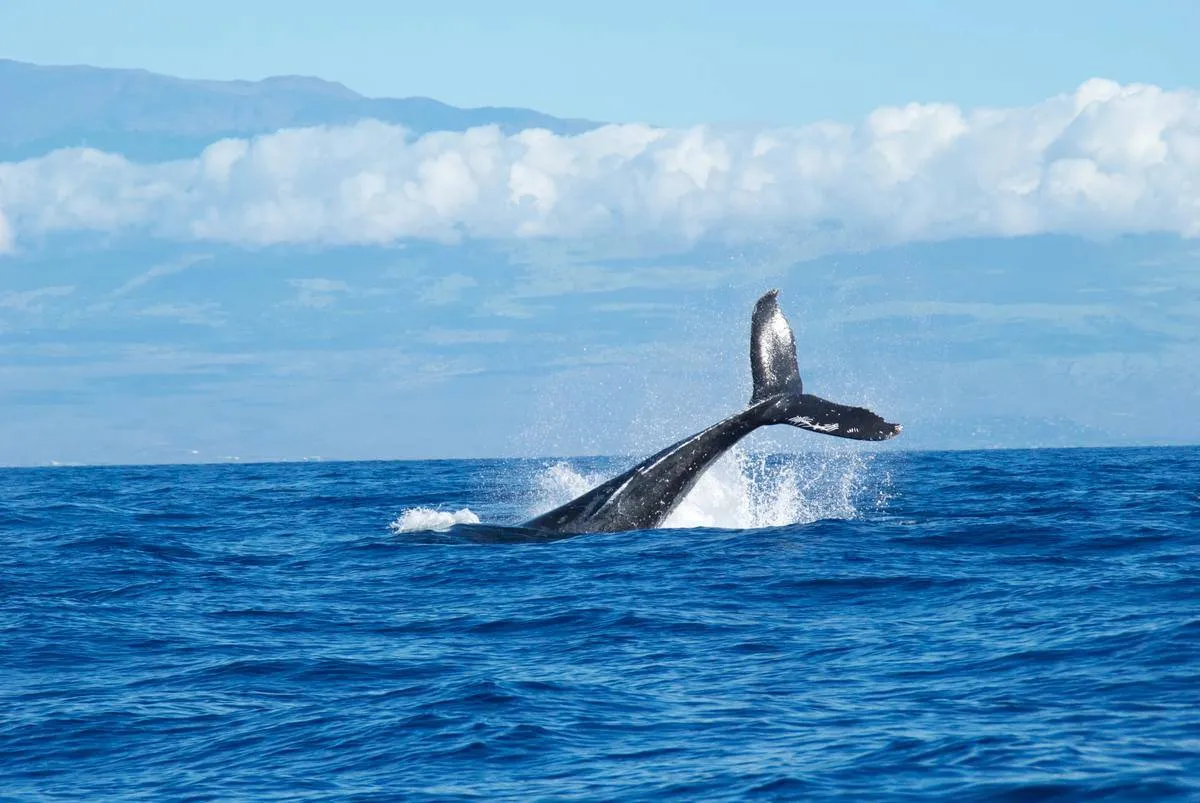
One thing that was clear about the mysterious animal circling the boat was that it was a whale. The question instantly became this - what kind of whale was it? Upon first seeing it, the team wasn't able to identify it.
It was too small and too close to shore to be a blue whale. As soon as the team made it back to land, Asha took her photographs to her field house to figure out what she and her team had found.
The Identification Process Wasn't Fast
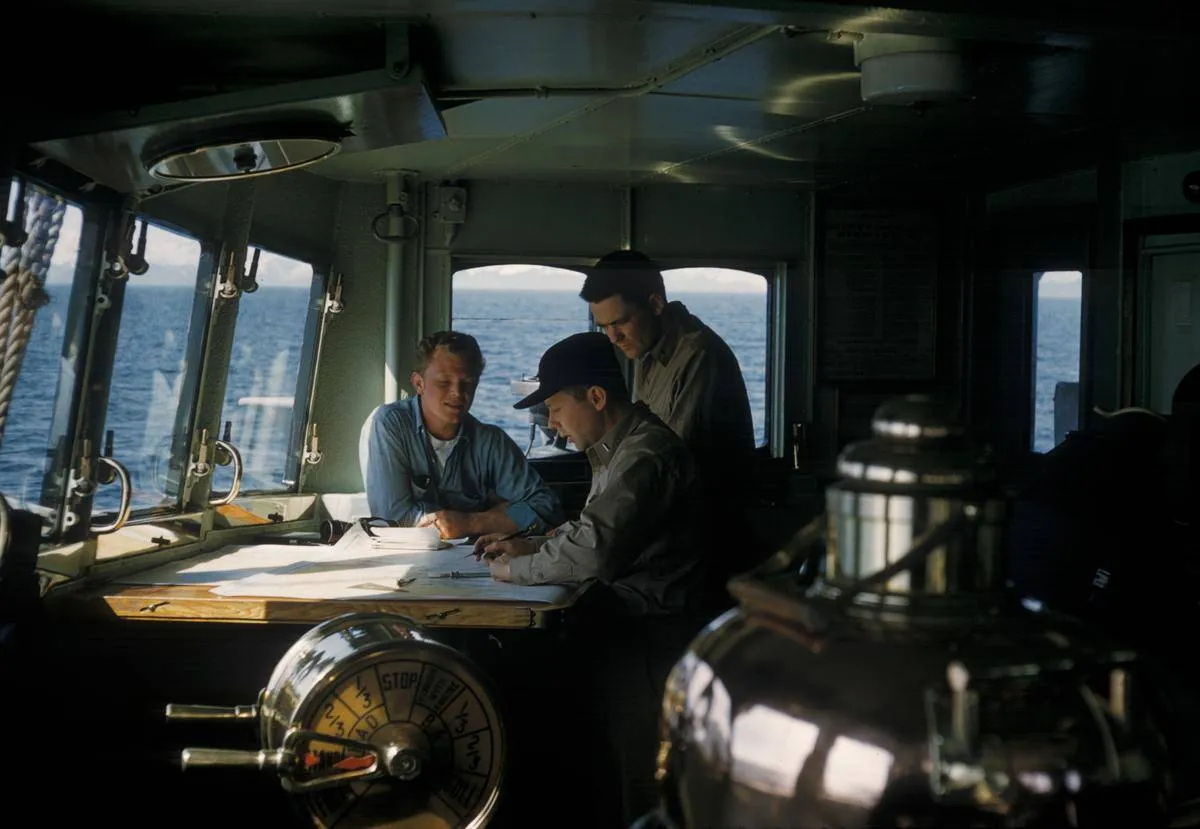
Aside from knowing this creature was a whale, the team had no other information to start their investigation on. Over the years they had taken pictures of and identified other species of whales, and this one didn't match any.
What they saw was a whale they had never seen before. What they didn't know what just exactly how rare this whale was. To help identify it, Asha and her team asked some of her best students to help sort through the evidence.
It Was Finally Identified As An Omura's Whale

Asha sent the photos and the information her team gathered to two expert colleagues, Dr. Salvatore Cerchio and Dr. Robert Brownell. When they looked at the pictures, they were able to identify the creature as an Omura's whale.
This wasn't the end of the story, though. Now that the whale had been identified, it needed to be determined what it might be doing off the shores of Sri Lanka.
Omura's Whales Are Very Rare
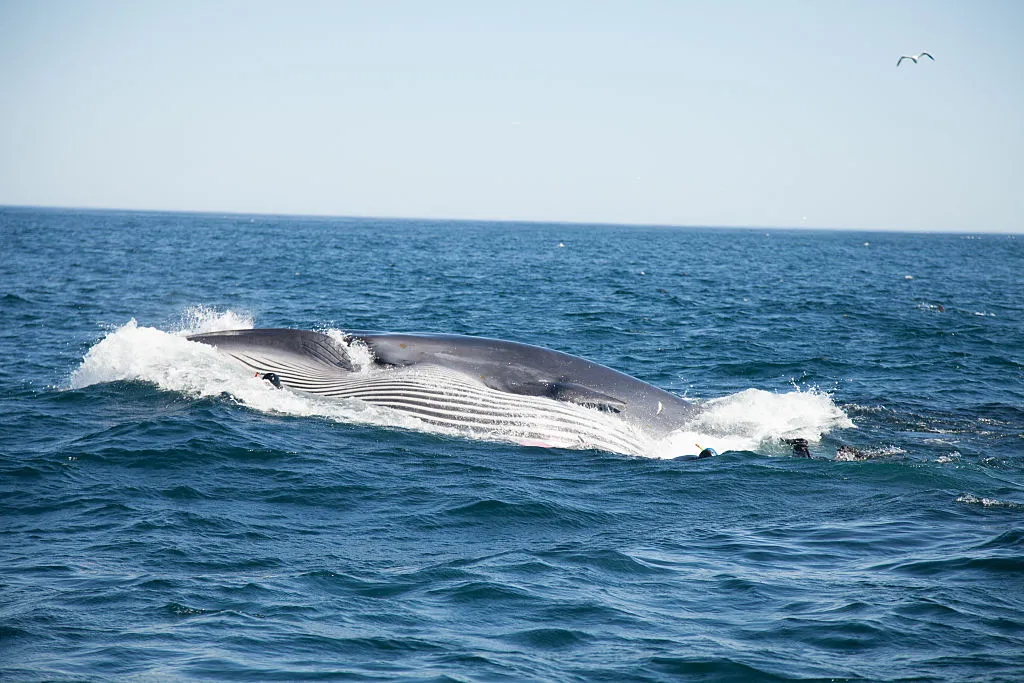
Before sending the photos to Dr. Brownell and Dr. Cerchio, Asha de Vos had suspected the mammal was an Omura's whale. But because one had never been observed off the coast of Sri Lanka, she wanted a second opinion to make sure.
Omura's whales are one of the rarest species of whales worldwide. Being able to observe one as up close as Asha and her team had was truly a special moment.
The Omura's Whale Was First Named A Species In 2003
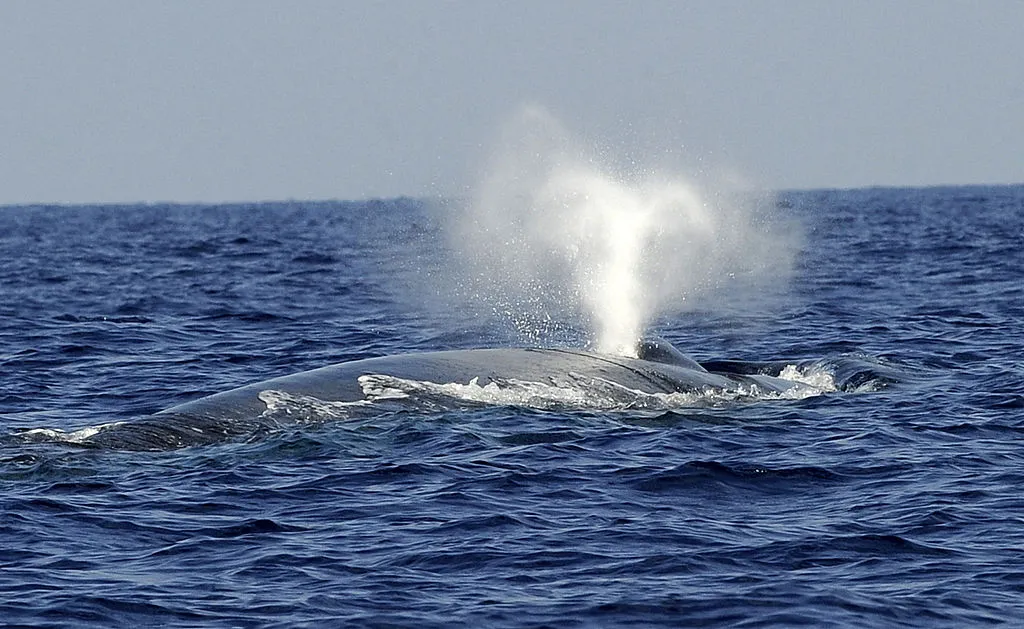
Although Omura's whales have been around for a long time, they weren't declared their own species until 2003. Before then, they had been misidentified with other similar whale species.
After scientists tested the DNA of specimens they were able to come to the conclusion that this was a unique species. Because of the delay in identification, we don't know how long Omura's Whales have existed. That wasn't the question Asha and her team wanted answered, though.
Why Was The Omura's Whale Misidentified For So Long?

The best theory for why the Omura's whale was misidentified for so long is because of how rare it is. The whale has fairly unique markings, can measure over 30 feet long, and has a narrow body.
According to scientists, Omura's whales tend to stay in certain types of waters. Before Asha's discovery, the whales had been spotted in the South Atlantic Ocean, Western Indian Ocean, Eastern Indian Ocean, and the Eastern Pacific Ocean.
Asha's Discovery Changed Everything
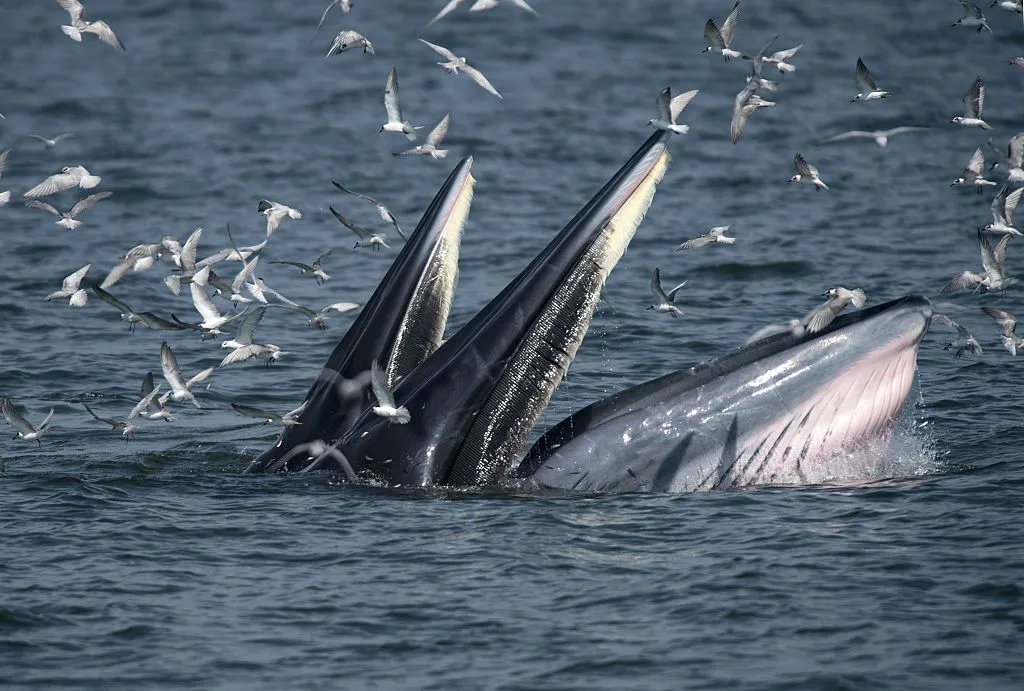
Asha de Vos' discovery of Omura's whales in the Northern Indian Ocean changed the way scientists could study these beautiful animals. It revealed a larger roaming area than had previously been thought.
Thanks to this discovery, we now know a little bit more about one of the Ocean's rarest creatures, There are still countless questions surrounding Omura's, but the more areas scientists can look for them in, the more questions they can answer.
How Many Omura's Whales Exist In The Wild?
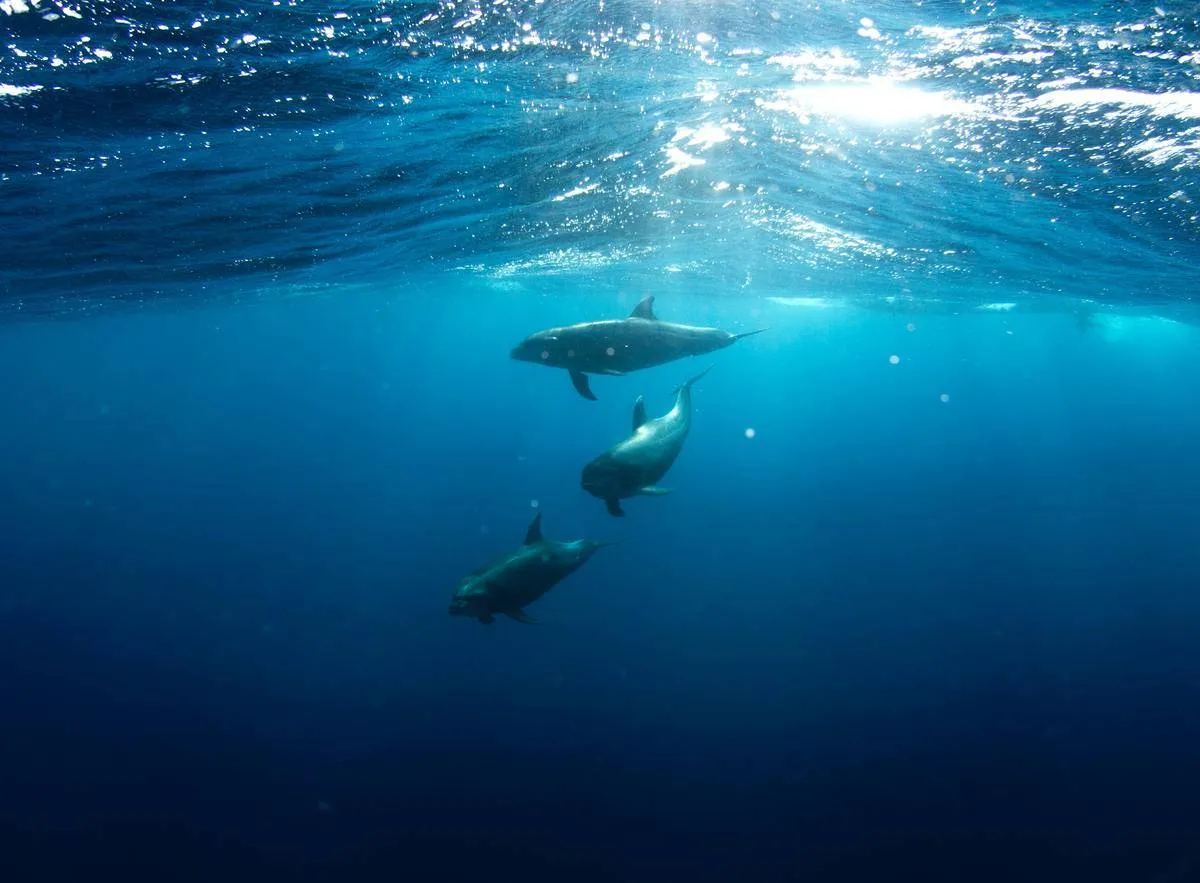
Asha de Vos' discovery is one that will help the scientific community in numerous ways. Unfortunately, because the animal is so rare, it will likely not help determine how many exist in the wild.
Before de Vos made her sighting, an Omura's whale hadn't been recorded live for four years. Because of this, it is impossible to determine if Omura's populations exist in healthy numbers or if it should be considered an endangered species.
The Lone Wolves Of The Whale Family
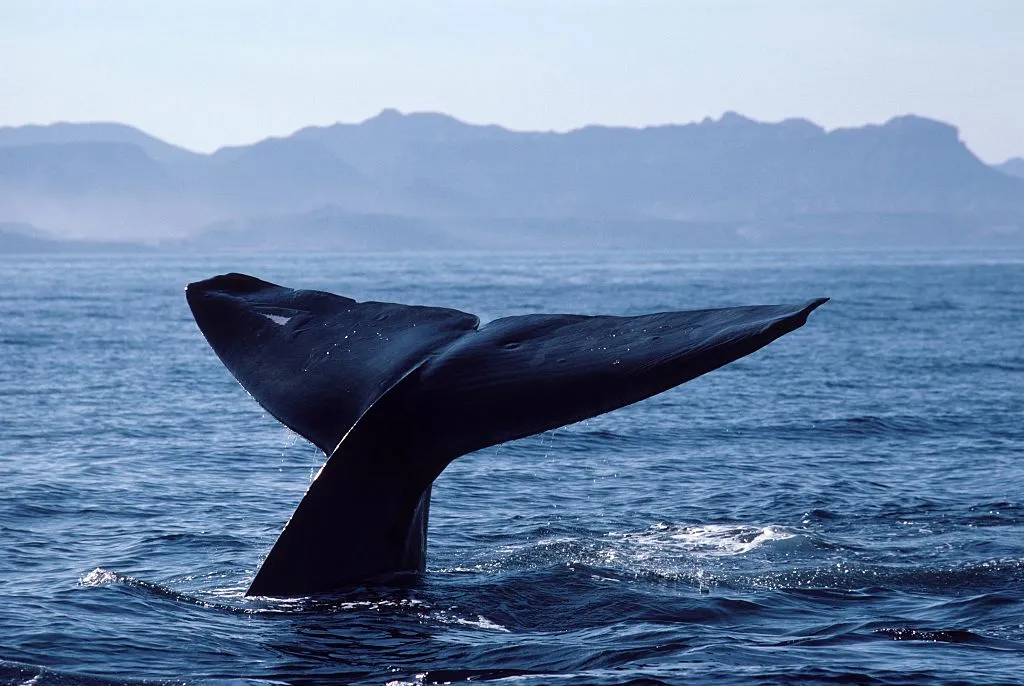
For years, Omura's whales were most commonly mistaken for Bryde's whales. There are a few separating differences. First, Omura's whales never show their heads and dorsal fins at the same time. Secondly, when they dive, their tails pop out of the water.
Lastly, and most importantly, Omura's whales tend to travel the oceans alone, not in pods. Experts say that these whales usually stay within hearing distance of each other but rarely are condensed in traditional pods.
What The Discovery Means For Asha

The discovery of the Omura's whale means a lot to Asha de Vos. It reaffirms her dedication and passion for ocean discovery. Never in her life did she think she would find one of the rarest animals off her own coast.
In her own words, "Seventy percent of our planet is ocean, but we have only explored less than 5 percent of this space... The discovery of this whale in Sri Lanka's waters just serves as a reminder that we live in an incredible world where exploration and discovery is still possible. The more we know, the more we can care and protect!"









